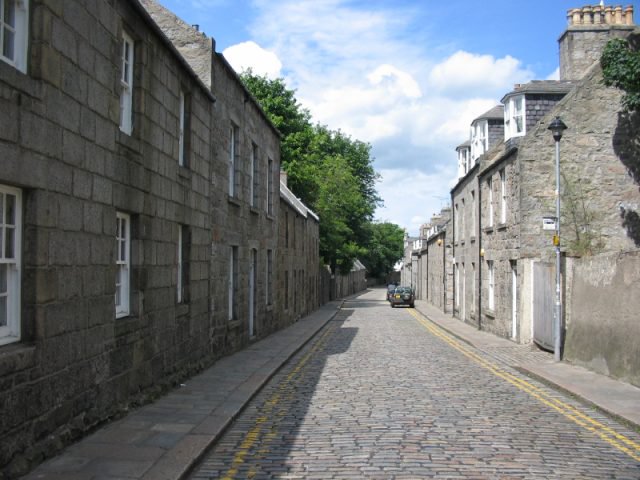The Current Property Hotspots in the UK
London has been the property market leader in recent years, with the rest of the country following in its tracks. However, the latest quarterly study from eMoov has uncovered some surprising hotspots.
The online estate agent has tracked supply and demand in the most populated locations in the UK.
It reveals that the top hotspot is Bexley in southeast London, with demand at 77%. eMoov calculates demand by measuring the number of homes sold in the third quarter (Q3) against the amount of homes registered for sale, as tracked on Rightmove and Zoopla.
Bexley is right within the capital’s commuter belt and it seems that commuters are fuelling demand in the South East.
Other commuter hotspots with high demand include Watford at 72%, Reading at 68%, Sutton at 68% and Barking at 65%.
But it’s not just the thriving South East experiencing a surge in demand. Bristol has recorded a level of 71% and York is at 56%.
The lowest demand in the UK is currently being felt in Aberdeenshire, at 10%. This is thought to be due to the state of the oil industry at present. A similar drop in demand is predicted to hit Redcar, following the closure of the town’s steel works.
However, other areas seeing low levels of demand, Westminster (15%) and Kensington and Chelsea (17%) for example, include some of the most aspirational addresses in the country.
And Camden is also witnessing a drop in demand, with levels down by 14% in Q3.
The greatest increase in demand was recorded in Chester, rising by a huge 164% in the last 12 months.
Ealing’s level is also intriguing, with demand sitting at just 38% in Q3, but after a huge 74% rise on Q2.
Russell Quirk, the founder of eMoov, says: “In early 2014, we predicted the ripple effect which London would have on the UK property market. Well, it would seem that those waves have started to reach some far-away shores.”1
Other surges in demand over the past year were experienced in Dudley at 68%, Tameside at 64%, Barnsley at 54% and North Lanarkshire at 52%.
However, determining a property hotspot has been debated. While eMoov measures demand, other studies track the price of homes sold, which can produce a different outcome.
However, Aberdeenshire was again named as the place where demand dropped the most over the last year. The number of properties sold from July to September compared to the amount of homes registered for sale fell by 50%.
Newcastle came in second with a decline of 36% and Westminster followed. Gateshead, Camden and Sheffield were also in the top ten biggest fallers.
The latest Luxury Property Index from Savills reveals that the commuter belt may be developing a housing bubble. It shows that in urban areas named outer commute spots, prices have increased by 6.3% in the past year. In inner commute areas, they have risen by just 2.6%, while in villages and rural locations, they have remained steady.
Head of Research at Strutt & Parker, Stephanie McMahon, agrees that proximity to central London is no longer as profitable as in the past: “We predict that, over 2015 as a whole, house prices will only rise by 2.5% in central London, compared with 5.1% in Greater London and 5.8% in the rest of the South East – that is, the outer fringes of commuter-land.”1
In the future, Strutt & Parker predicts that between 2015-19, the area likely to record the greatest price rises, at 21% will be the East of England, including Cambridge, Norwich and Lincoln. The South West is also expected to perform well, with growth of 15.5%.
1 http://www.telegraph.co.uk/finance/property/11916135/Britains-unlikely-property-hotspots.html

